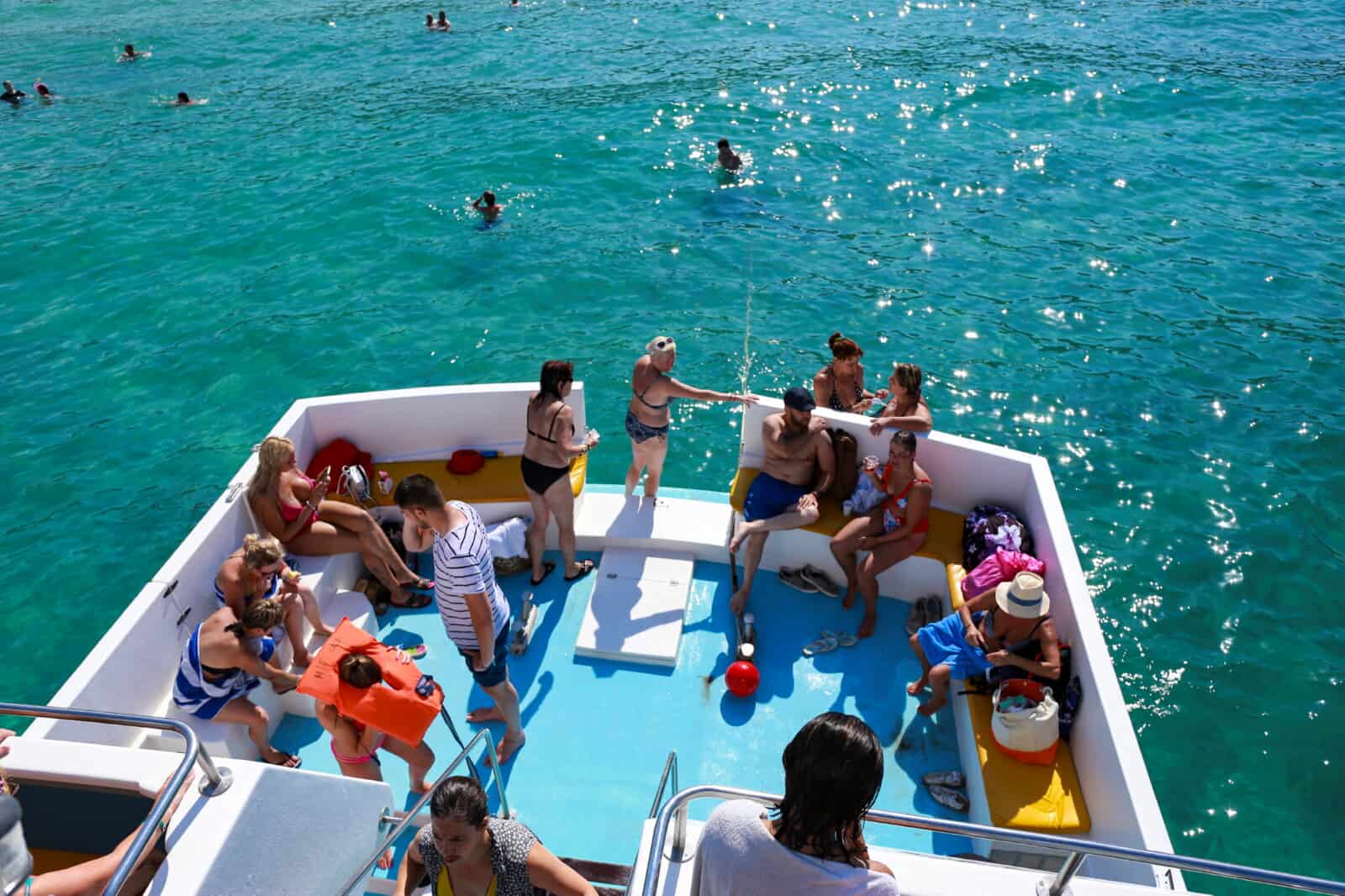
Its own special and unique history is hidden by the smallest village of the Maronites, Karpasia, which is slowly disappearing, as there are only four survivors trapped alive and a few dozen resettlers, who are trying tooth and nail to preserve the history of the small of a village through the years, alive. A story that we have to go back hundreds of years to see and learn how the Maronites ended up there, having even today, as the apple of their eye, one of the most historic churches, the Timiou Stavrou, where the ancient and enormously valuable wooden cross of Christos is kept.
From the time of the British rule, in 1878 and passing through the period of the declaration of the Republic of Cyprus, in 1960, until the invasion of 1974, the small Maronite community passed through a thousand waves, with the invasion of 1974 being of course also the biggest blow for the Maronites, who to this day give their own fight to keep their history indelible in time. Today in Karpasia, there are permanently four trapped people and a few dozen resettlers, most of whom are elderly and if there is no viable solution to the Cyprus Problem that includes the return of the Maronites to their places, then gradually and with mathematical precision the Maronites will be extinguished.
Geographically, the village of Karpasia is located one mile south of Myrtos and is at an altitude of 290 meters from the sea. There are various versions regarding its name, as on the one hand it is argued that the nominal connection of the village with the Karpasia peninsula, lies at the basis of the historical approach that the Maronites of the village came from the peninsula where the Maronites arrived in Cyprus in the 11th century, coming from the then area of Tripoli in today's Lebanon.
A second version states that Maronite soldiers, apparently the Mardaites, who built the village around 1300 AD and gave it the name Karpasia from the words Kurp-Asia, which means across from Asia. However, the villagers refer to a Turkish connection “garp pasha” (pasha of the east). In its current etymology, the name also exists in Turkish and perhaps this is the reason why the Turkish Cypriot authorities did not change the name of the village.
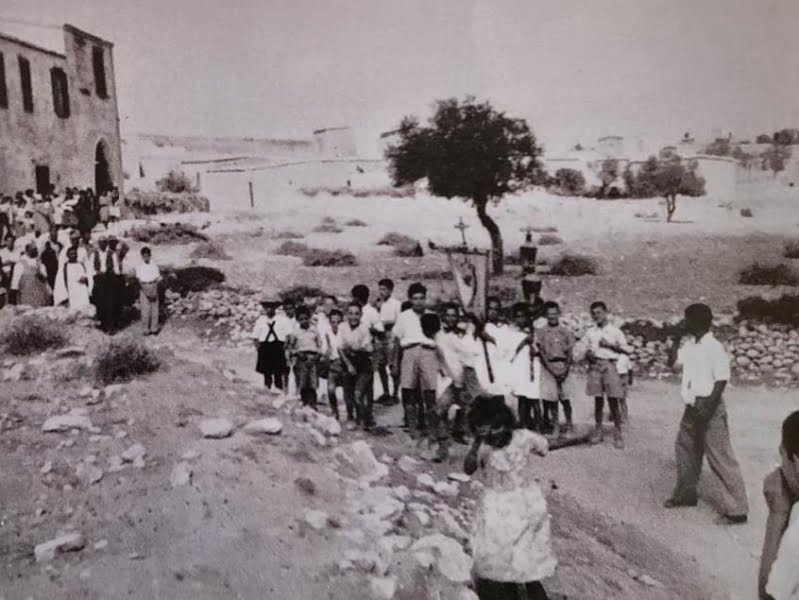 < /p>
< /p>
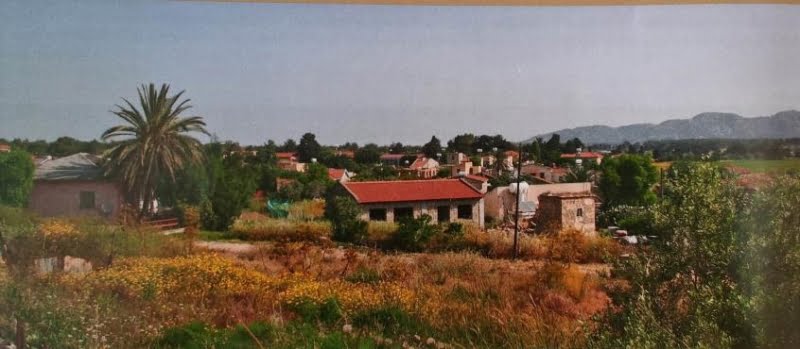 < /p>
< /p>
Throughout time, Karpasia was a pure Maronite village, except for some figures in the population record, which demonstrate the existence of a very small number of Turkish Cypriots until 1931. In fact, in a letter found, Father Bartholomew sent to the Maronite Bishop, dated 18 May 1776, states that Karpasia had 99 inhabitants, but without a priest, while Kormakitis had 139 inhabitants, Asomaos 39, Agia Marina 25 and Kambyli 79. Religious needs, such as weddings, baptisms, etc. seem to have been met by Latin priests . As a result of this decline, many were forced to change their faith and become either Orthodox, or Mohammedan, or remain Crypto-Christians of the “Lino-Wool” form. Historical documents show that the most serious threats and persecutions against the Maronites came mainly from the Mohammedans and the Orthodox.
In an attempt to get rid of the suffering and general tyranny, in 1686 a group of Maronites, made up of representatives of all the villages, went to Constantinople and had a meeting with the French Ambassador, from whom he asked to intervene, so that the unbearable taxation on the part of the Ottomans, to end the control on the part of the Orthodox Bishop of Kyrenia Chrysanthos and Dragomanos Hatzigiorgakis and to give freedom to perform their religious duties according to the Maronite and not the Orthodox standard.
However, according to records of the time, in 1841 the population of Cyprus amounted to 108,600 inhabitants (only males because the record excluded women), of which the Maronites numbered 1400. 300 were in Nicosia, 100 in Katilliki in Morphou and the remaining 1000 in Katelliki of Kyrenia, i.e. the Maronite villages. Reliable sources state that at that time Karpasia had around 70 inhabitants. The population of the village continued to grow and in 1960, when Cyprus gained its independence, the village numbered 193 inhabitants. In 1975, 82 people remained stranded, while in 1990 the number dropped to 40.
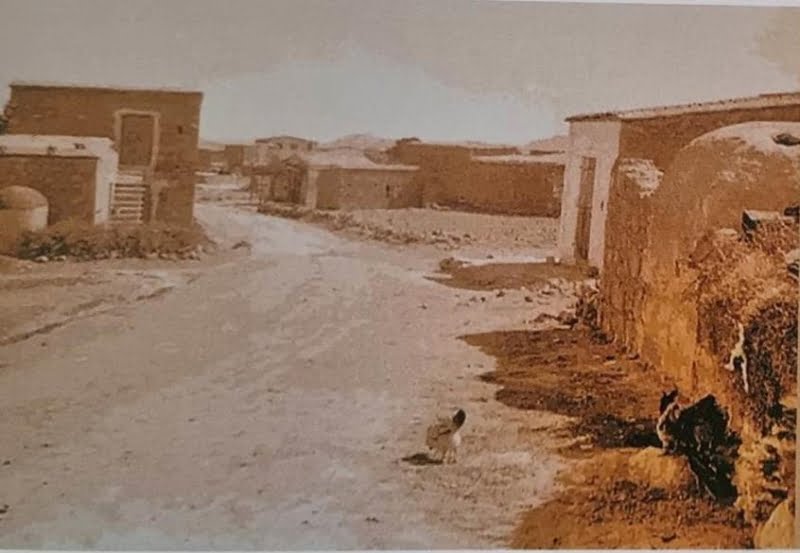 < /p>
< /p>
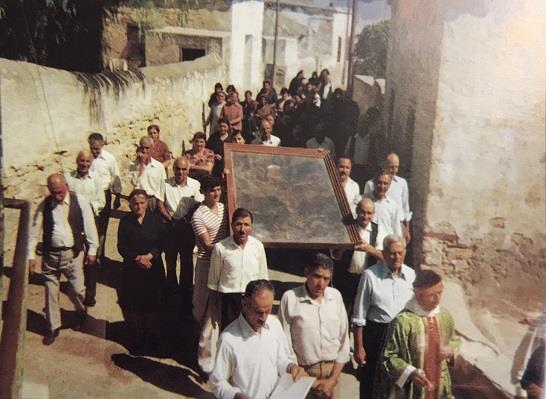 < /p>
< /p>
Most of the inhabitants of the village in Karpasia were mainly engaged in farming, while a small number worked in the mine of Xeros and seasonally in the orange groves of Morphou. In addition to traditional agricultural products, grains, medicinal plants, Karpasia was known for its large production of cotton and sesame until the mid-1960s. In addition, a number of villagers worked either as wage earners or as partners in the nearby Monastery. of Agios Panteleimon, which until 1917 housed the Diocese of Kyrenia. The monastery was very rich and had, among other things, flocks of goats, sheep and cows.
The old houses of the village were built of stones and straw. The roof was made of earth, supported by bales, tree trunks and reeds, and a perforated tin served as a chimney. Outside in the courtyard were the village oven, the well and the stone cistern. Next to the living part of the house and connected to it, were the stable and the barn.
 < /p>
< /p>
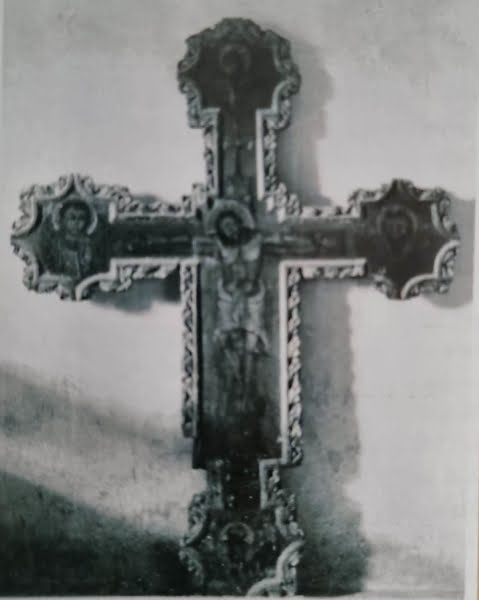 < /p>
< /p>
The story hidden by the ancient cross of Karpasia
One of the oldest crosses in Cyprus, it is kept in the church of the Holy Cross of Karpasia, which is from the 15th century and is of the Byzantine type. It is a completely perfect work, with Jesus Christ in the middle and the emblem of the Evangelists at the edges. In fact, in July 1987, antiquarians had stolen the Cross with the intention of taking it abroad for sale. However, the box it was in was opened while in the port of Famagusta, resulting in the Cross being returned to Karpasia.
In the Church of the Holy Cross, there are also two icons of the Virgin that are from the 17th century, while inside the Church there is a large fresco of the Archangel Michael. A number of important religious icons existed both in the church and in the house of the village priest.
Until 1960 there were graves of both laymen and clergy around the church, while the old iconostasis was built at the beginning of the 17th century. In fact, in April 2017, the fully renovated Church was delivered with funding from UNDP, through the Bi-Community Technical Committee for cultural heritage. The renovation brought to light the ancient sound system of the church, as well as an ancient pool that was used for baptism purposes.
Also, north of the church, is the sacred cemetery of the village, while to the south is the Turkish cemetery that testifies to the existence of Turkish Cypriots in the Maronite village.
 < /p>
< /p>
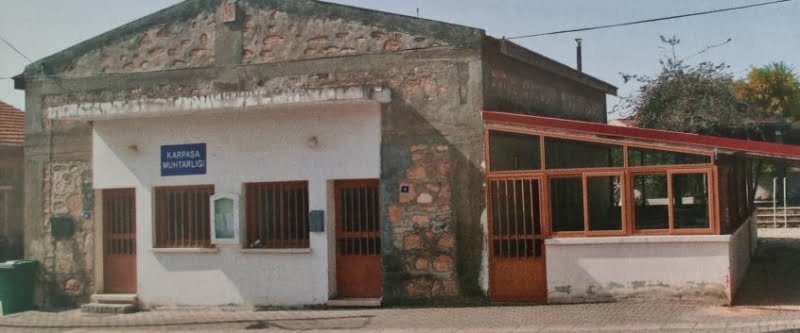 < /p>
< /p>
The 76-year-old trapped mukhtarena of Karpasia
The mukhtarena of the smallest Maronite village, you will spot on a tractor harvesting her orchard. A trapped woman, who never left Karpasia and her life is intertwined with this small and beautiful village in the province of Kyrenia. The 76-year-old Giannoula Orfanou, visibly moved by what she experienced in her occupied village, turns back in time and remembers…
“I can't leave the land I grew up in, let alone leave it to the Turks. I didn't even let them change the name of the area. Almost all the names of the occupied lands changed, but our land remained with the old name as it always was, Karpasia. They wanted to call it Carappasias. I won't forget after the war, four men came with black clothes and white shirts and when I got close to them, they called me who is the mukhtar here? I told them it's me, what do you want? Jiai my lalun, where dame jiai to go your village here will be called Karappasias. I tell him, master, my land is called Karpasia and it will stay Karpasia. Okay, he is humming to me, while you are shouting, Karpasia will stay. And that's how it stayed….
 < /p>
< /p>
“There were four of us stranded in Karpasia and about a dozen resettled. I am a dame before the war jiay never left my land. I was 28 years old when the war broke out, I was pregnant with my son the musician then, and I gave birth to him after the war. We lived in houses, we were deprived of our games, after we were twelve years old. It's difficult… There is no creature of God to say good morning… I had three more babies in 74', my daughter was nine, my son was seven and a half and my other daughter was five years old. We were deprived of everything… Our children, our freedom, I can't tell you how much we were deprived…”.
 < /p>
< /p>
Like any trapped person, for Mrs. Giannoula, the Turkish invasion is an unhealed wound in her soul, which can never be closed, as the Turks first tried to take their homes, while they also had several conflicts with the residents. …
“Where was the war, at first they wanted to take our houses, they beat the men in the plains. They were slandering us, blessed Elias, he was forced to accept them. But we said to your enjiai, as long as there is peace, the world will turn its way. Tammam (ss. ok in Turkish) they told us, but it's been 47 years and they will still leave”.
 < /p>
< /p>
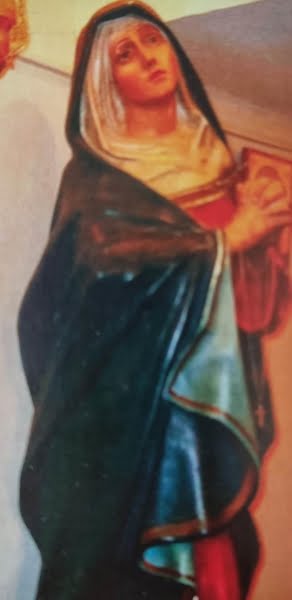 < /p>
< /p>
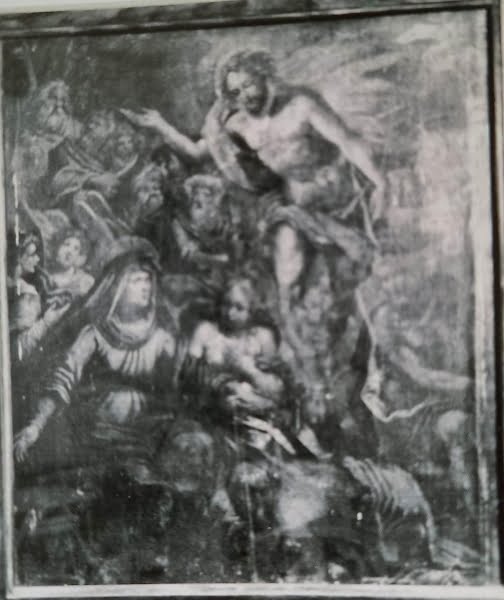 < /p>
< /p>
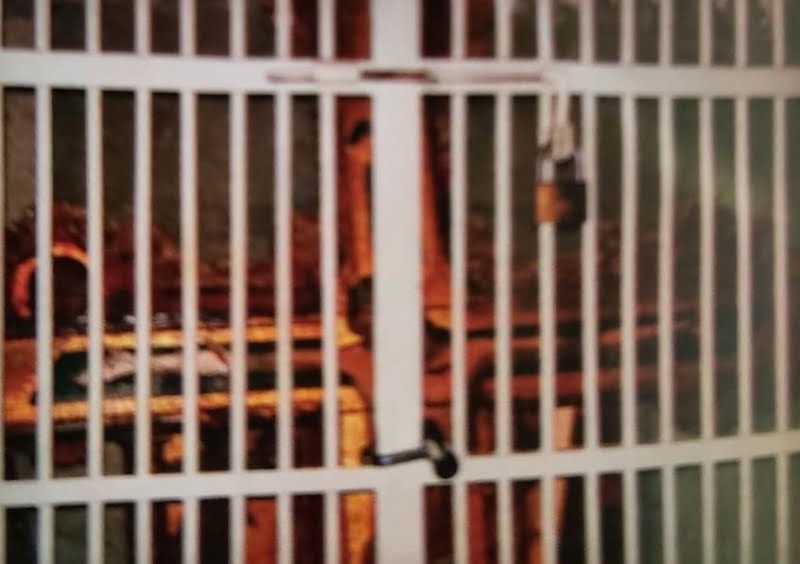 < /p>
< /p>
 < /p>
< /p>
 < /p>
< /p>
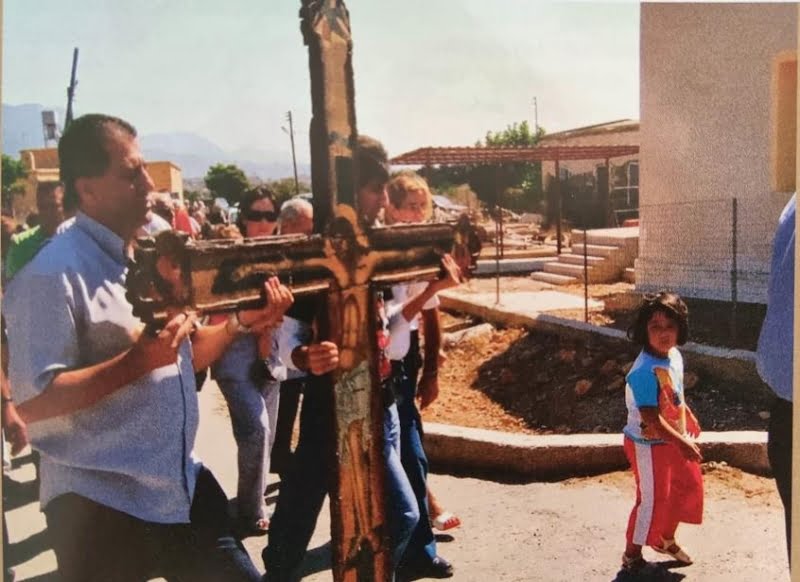
*Information from book, “Karpasia, through the history of the Maronites of Cyprus” by Giannakis Kokkinos.



